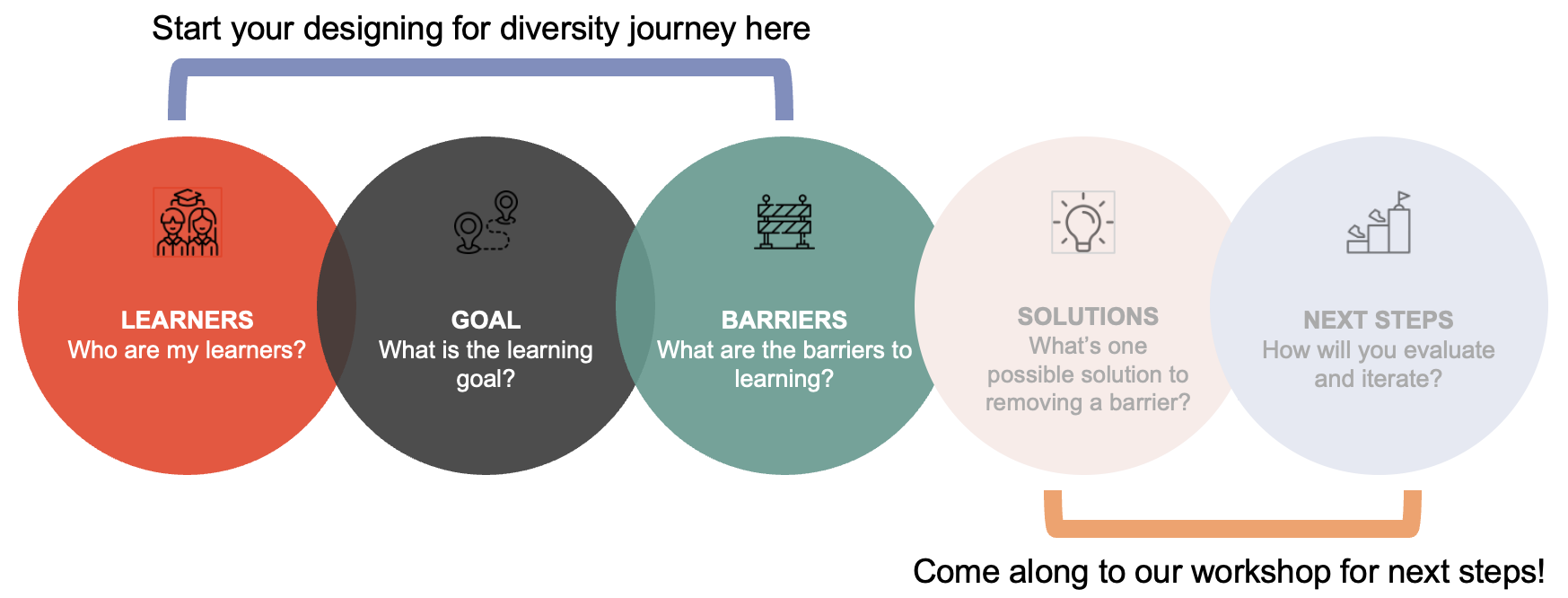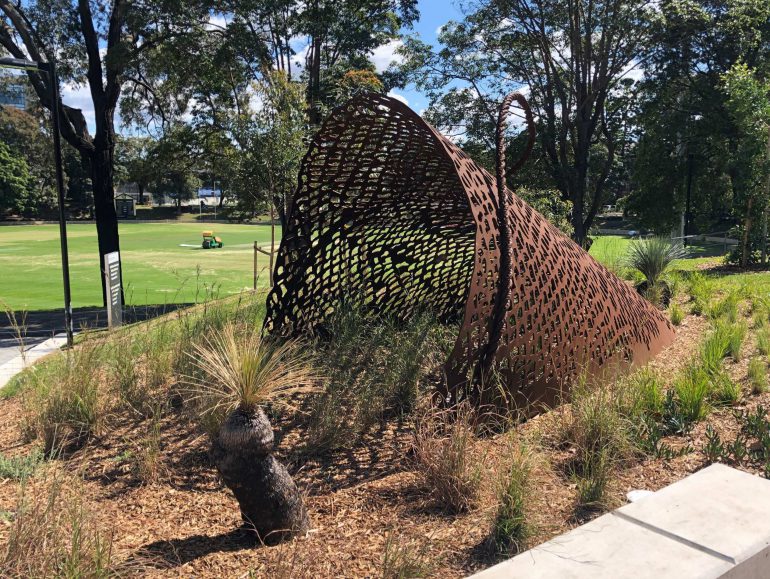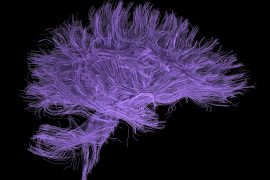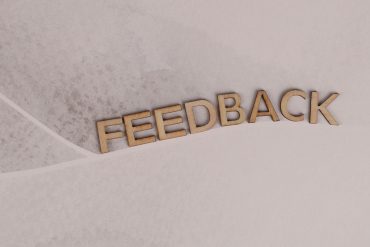Throughout most of its history, universities have been largely known for their exclusivity. Terms such as the “ivory tower” have come to reflect not only features of campus architecture but the privileged seclusion and remoteness from the world beneath them. Though not free from their legacies of power and exclusion, today’s universities are more diverse than they have ever been: we have more voices and perspectives present at all levels in the institution than ever before (see Hills et al.). This does not mean that universities are utopias of inclusion and belonging. There is still a lot more work to do. There are still many inherent barriers to learning and belonging in the tertiary context (see Hills et al.) Bridging these barriers is a focus of the Sydney in 2032 Strategy as our community seeks to be a welcoming place for all.
Great strides have already been made in this direction with the Transitions initiative that seeks to reveal the ‘hidden curriculum’ (e.g. time management, critical thinking) and welcome incoming students in those critical units of study that mark a student’s transition to higher education and the beginning of their journey at Sydney. While small gains have been made, globally “higher education is not an inclusive environment”. Becoming more inclusive requires moving “away from a one-size-fits-most model of learning” (see Hills et al.). A proactive approach to addressing this increasing diversity in the classroom is to invert this model and design learning environments for students ‘on the edges’. As educators this means we must “ensure that learning content and activities allow the maximum number of learners to participate and learn, regardless of their age, cognition, physical ability, cultural background, or learning preferences … to give all students equal opportunities to succeed by providing students with flexible pathways for learning, such as multiple representations of content, multiple ways to actively engage with content, and multiple ways to demonstrate their learning” (see Leif et al.). Described here is the framework of Universal Design for Learning (UDL), which form the foundation for the Designing for Diversity project at Sydney. This project is a DVC-E initiative supported and led by Educational Innovation to meet the Sydney in 2032 Strategy to foster a community that “thrives through diversity”. Here at Educational Innovation our team believes that creating this community begins with designing for diversity in the learning environment.
What is Designing for Diversity and how does it ‘bridge’ this gap?
Our core goal with this project is to work with teaching teams, comprised of teachers, educational designers and support officers, to identify barriers to learning in their environments and seeks to develop alternative modes of engagement for students. In June 2023 the Designing for Diversity project worked with several unit-coordinators to identify ways of creating more inclusivity in their learning environments. In these workshops we began by thinking about a single unit of study and challenges that students might have faced in its previous iterations. Reflecting on this challenge we then asked unit-coordinators to reframe this as a barrier in the learning environment.
Shifting our mindset here to understand the challenge as something in the learning environment allows the education team to then think through how this can be designed differently in that environment so that all learners needs are met.
In our workshops, discussions were led by student voices and our Designing for Diversity champions. These leaders shared their experiences of learning environments as participants and creators, offering invaluable insight into how modifications shaped student experiences both at an individual and collective level. The core message from educators and students sharing these learning environments is that small changes have significant impact. They suggest incremental and iterative changes which respond to the evolving learning environment. For staff who have sought to make small iterative changes with diversity in mind the impacts of these have resulted in positive feedback from teaching teams and students contributing to more engagement in the classroom, better completion of tasks and overall results for students in the unit.
Where do I start?
To begin thinking about how you can design for diversity in your educational context we have devised some steps for you to think through:
- “Who are my learners?”: beginning here allows you to explore what the shape of your cohort is and to discover which students are marginalised by a “one-size-fits-most” model. Knowing your students data is a good place to start, as well as reflecting on past cohorts and colleagues’ knowledge of who makes up your student body.
- “What is the learning goal?”: here you might consider what has and hasn’t worked well in past iterations of the course or in other educational contexts you’ve worked in more broadly. For example, is there an assignment which students consistently perform poorly in? Is there a disconnect between student understanding and what is being taught in class? Are there issues with preparedness or attendance in your course? Are there questions which get asked every semester? Thinking through these, and then framing it as a goal can help you identify what outcome you want to achieve.
- Taking this goal and then asking “What are the barriers to learning?” allows you to then frame this as something within the environment that can be changed. We have many different students with varying needs and life loads. This won’t change, so discovering the barrier in the learning environment is something that we as educators can seek to lower or remove for students.
Exploring these questions and how they might impact your learning environment is a great way to begin your designing for diversity journey. However, it is important to keep in mind that whatever barrier or goal you seek to engage is manageable for you and your context. The advice we have for you is to start small and develop your ideas and thinking over time as our designing for diversity champions have done. You might like to get ideas by explore their stories of Designing for Diversity in practice with assessment design, canvas design, and activity design.

Creating a culture of Designing for Diversity and a community of Universal Design for Learning at Sydney
Discussions around Designing for Diversity and its underpinning framework Universal Design for Learning have been an ongoing project at the university for a number of years, and there is a thriving community of educators at its core. There are lots of ways to get involved and gain support in your designing for diversity journey. Such as:
- Check out our Designing for Diversity Canvas resource to learn more about UDL and how to apply it to your own T&L context.
- Join UDLchat – these 30-minute Zoom chats take place on the first Wednesday of each month. Register here for the next UDL chat
- Book a UDL consultation or Educational design accelerator and speak 1:1 with a UDL expert about designing for diversity and how you might use it in your own teaching to improve the learning experiences for all your students.
- Book a Designing for Diversity workshop for your department, team or faculty – keep your eye out on our events page for more information.





